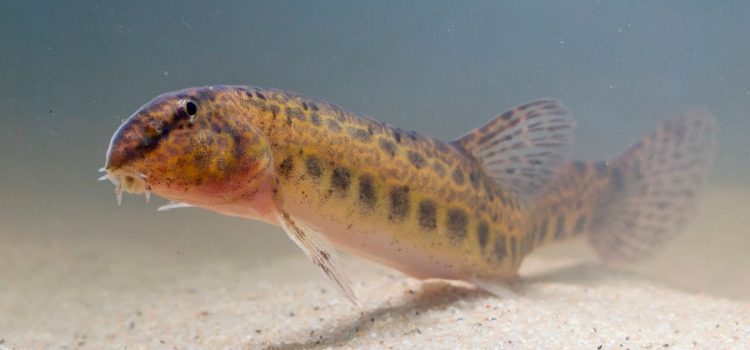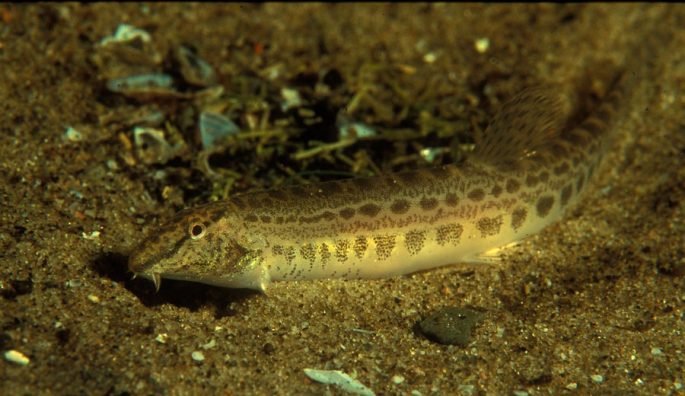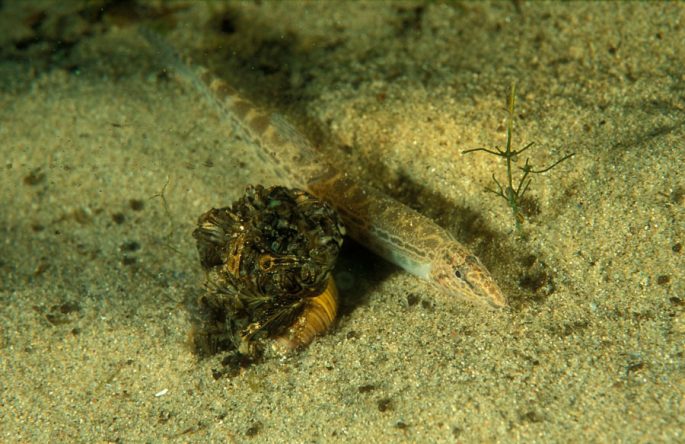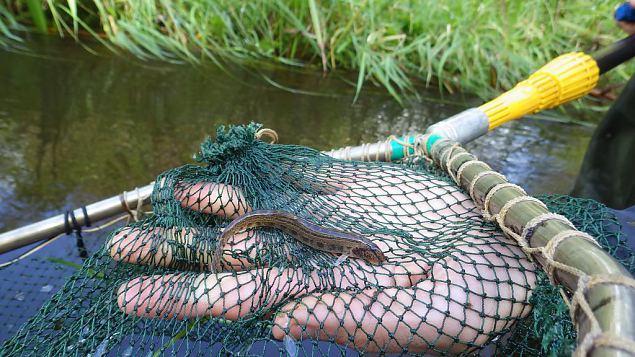
The common loach is a small-sized fish that belongs to the loach family.
Habitat

This fish inhabits many reservoirs in Europe, from the UK to the Kuban and the Volga.
It chooses areas with a sandy or clay bottom, where it can quickly burrow, sensing danger or looking for food.
Appearance

Shchipovka is the smallest representative of the loach family. This fish grows in length no more than 10-12 centimeters, with a weight of about 10 grams. Females are usually larger than males. The body is covered with small, barely noticeable scales, and the lateral line is practically absent. From below, under the eyes of a pluck, two spikes can be found, and there are 6 antennae near the mouth.
The spikes tend to come out when the fish senses danger. At the same time, she can easily injure her offender. The plucking is distinguished by a rather variegated coloring, although not bright. As a rule, it always corresponds to the background of the bottom of the reservoir. Gray, yellowish or brown shade diluted with dark spots. Some of them, the largest, are arranged in rows along the body. The body of the pluck is somewhat compressed from the sides, especially closer to the head, from which it looks like a flat ice cream stick.
Lifestyle: diet

Since the fish does not differ in serious size, but on the contrary, its diet consists of small invertebrates and larvae of various insects that live at the bottom of the reservoir. Shchipovka prefers to live in clean water, does not like fast currents, and does not like stagnant areas. Despite this, the oxygen content in the water, or rather its percentage, does not particularly puzzle the pluck, since it is able to breathe atmospheric air.
Inhabits rivers and lakes. It leads a benthic lifestyle and burrows into the sand in case of any danger. It can also hide among algae, hanging on stems or leaves. In this regard, plucking has another name – water lizard. Prefers to lead a solitary life. Its activity begins to show with the onset of twilight.
There are many blood vessels in her intestines that extract oxygen from the air. To breathe, the loach sticks its mouth out of the water. For a long period, the loach is able to eat nothing if there is no suitable food for it. Such factors make it possible to breed this interesting fish in an aquarium.
Reproduction

The loach spawns in spring, like many other species of fish, going to shallow rivers, where females lay eggs in shallow water. Somewhere after 5 days, spiny fry appear, which hide in algae. The fry develop external gills, which is associated with a low oxygen content in the water. As they mature, the gills disappear. At the end of summer, loach fry leave shallow water and move to large rivers, where they winter.
Economic importance

In addition to the fact that this fish is quite small, it is not so easy to catch it, since it spends most of its life at the bottom of a reservoir, buried in the sand. In this regard, it is not eaten, but it has a lot of positive qualities, which is why it has received great recognition. For example:
- Many anglers use it as a live bait.
- Shchipovka feels great in artificially created conditions.
- By pinching, you can determine atmospheric pressure. If the pressure drops, then it floats to the surface and begins to behave not quite adequately.
Knowing this, many anglers take it with them in their fishing tanks. As a rule, at low pressure, the fish bites badly, or does not bite at all.
If the pluck is kept in an aquarium, then it should be remembered that it does not tolerate sunlight. In such conditions, she burrows into the ground and leaves her shelter only in the evening.
Lifespan
Under natural, natural conditions, plucking can live for about 10 years, especially since it is not at all in great demand among anglers. The only danger for her is her natural enemies, in the form of predatory fish such as zander, pike, perch, etc., who for some reason simply adore this small fish.
Common thorn (thorn) Cobitis taenia for sale









